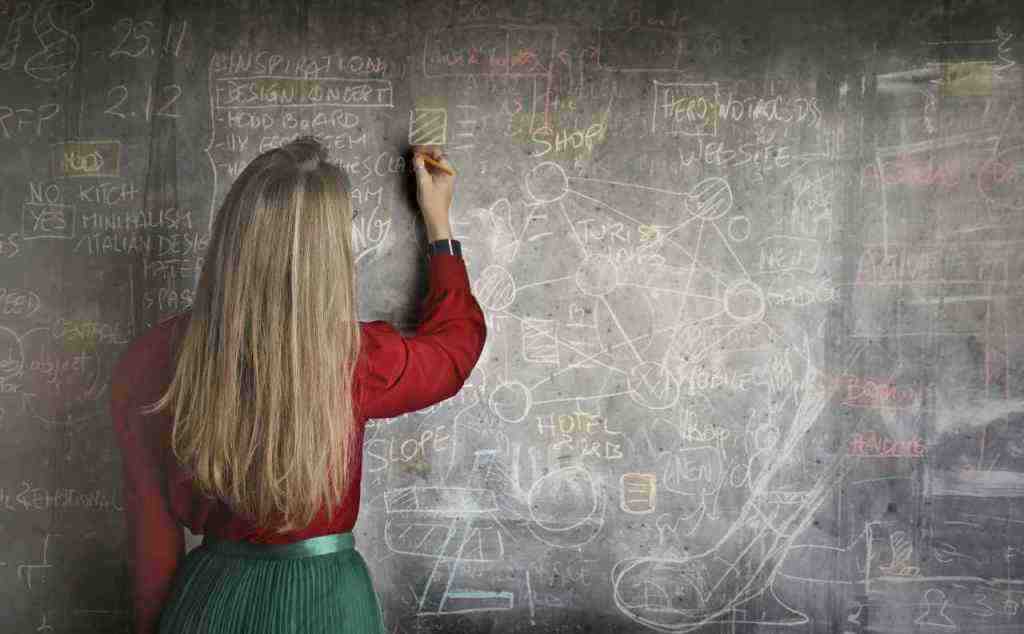Machine Learning: Revolutionizing Particle Physics
Early Applications: Classifying the Unknown
Machine learning, a powerful tool in data analysis, has revolutionized the field of particle physics. Its inception in the 1950s for scientific classification and feature extraction laid the foundation for its transformative role in the field. In 2019, physicist Dimitrios Tanoglidis used machine learning to categorize galaxies in the Dark Energy Survey dataset, demonstrating its versatility and precision.
The Higgs Discovery and Machine Learning’s Triumph
The discovery of the Higgs boson at the Large Hadron Collider (LHC) in 2012 was a pivotal moment for particle physics. Machine learning algorithms played a crucial role in this groundbreaking achievement, aiding scientists in identifying and analyzing photons, and estimating their energy. This success propelled machine learning into the forefront of particle physics research, showcasing its ability to handle complex and massive datasets.
The Evolution of Machine Learning in Particle Physics
Early Applications: Classification and Feature Extraction
Machine learning has been a game-changer in particle physics since its inception, revolutionizing data analysis and unlocking new discoveries. Its roots in classification and feature extraction can be traced back to the 1950s, but it wasn’t until the 21st century that it truly took off.
For instance, in 2019, physicist Dimitrios Tanoglidis harnessed machine learning to classify galaxies in the Dark Energy Survey dataset, demonstrating its versatility in astroparticle physics.
The Higgs Discovery and the Boom in Machine Learning
A major turning point came in 2012 with the discovery of the Higgs boson at the Large Hadron Collider (LHC). Machine learning algorithms played a pivotal role in identifying and analyzing photons, as well as estimating their energy. This breakthrough propelled machine learning into the spotlight, showcasing its immense potential in particle physics.
Machine Learning in Neutrino Physics
Neutrino experiments have also embraced machine learning to detect neutrinos and extract their properties. It helps identify low-energy neutrinos and mitigate the impact of empty spaces in large detectors, enabling more precise measurements and deeper insights into the elusive world of neutrinos.
Nuanced Analysis with Uncertainty Estimation
Machine learning empowers scientists with continuous probability estimates, allowing for more nuanced interpretations of detector data. This enables them to assess the reliability of their analyses and make informed decisions about data exclusion or manual analysis, leading to more accurate and robust conclusions.
Designing Experiments of the Future: Optimization and Innovation
The potential of machine learning extends beyond data analysis to experiment optimization and innovation. Physicists are exploring its capabilities to optimize detector design, considering physics goals, budget, and real-world limitations.
For example, the Southern Wide-field Gamma-ray Observatory employed machine learning to determine the optimal placement of 6,000 particle detectors, paving the way for future detectors that seamlessly integrate with cutting-edge analysis techniques.
Conclusion
Machine learning has transformed data collection and analysis in particle physics, enabling scientists to make data-driven decisions and gain new insights from complex datasets. Its impact continues to grow, and ongoing research explores its use for experiment optimization and innovation, promising to shape the future of particle physics research and our understanding of the fundamental nature of the universe.
